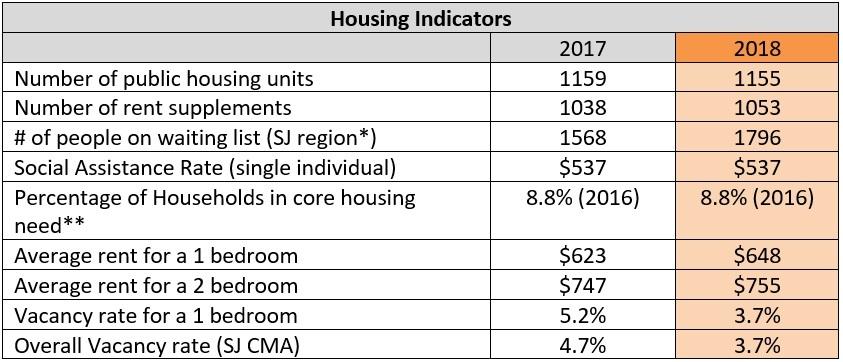
2 minute read
The Data
Over the past several years, tools for homelessness data collection, management, and measurement have significantly improved. However, for many years there existed no common data management software for emergency shelters in this country. Consequently, there was a significant lack of reliable and representative data on homelessness across Canada. This changed with the development of HIFIS (Homeless Individuals and Families Information System) in 1 999. This federal software allows for a level of consistency in data collection and has, over time, offered a better understanding of homelessness (particularly shelter use) in Saint John, throughout the province, and across the country more broadly. Today over 500 service providers across the country track data through HIFIS.
Still, there are significant gaps in the data. For example, we are not unable to reliably assess the number of individuals who are hidden homeless (couch surfing) or at risk of homelessness ? though we can say, based on anecdotal evidence, the number is significant. We are also currently unable to pinpoint the exact number of individuals who entered homelessness in 201 8 versus those who exited. However, with the introduction of a By-Name-List (BNL) in November of 201 8, we have begun to collect that information (read more on the BNL on page 1 5). In the near future, these tools will allow us to more accurately report on our reduction in homeless. In the meantime, however, we can piece together certain indicators to show where progress is being made and what challenges persist.
H I F I S 4 . 0
In 201 8 the Human Development Council began implementing HIFIS 4.0 in New Brunswick. Unlike previous versions of HIFIS, which did not allow for the sharing of data, HIFIS 4 is a web-based community platform that promotes Coordinated Access amongst service providers. In addition to being user-friendly and easily accessible on personal electronic devices (e.g., computers, tablets, and mobile devices) , HIFIS 4 assists in daily operations and promotes data-sharing amongst service providers.
As already mentioned, shelter use is one of those indicators on which we can reliably report from year to year, thanks to HIFIS. All emergency shelters in New Brunswick, as well as many other service providers, manage and track data through HIFIS, providing us with a reliable and consistent source of data. This report highlights shelter use data from Saint John's emergency shelters on page 8. Other tools, such as Point-in-Time (PiT) Counts complement our shelter use data and allow us to gather information on rough sleepers (e.g., on the street, in parks, etc.). In 201 8, Saint John conducted it's second PiT Count. Importantly, this includes a survey component, which allows us to better understand the demographics and service needs of our homeless population. This information is highlighted on pages 1 0 and 1 1 . We also draw on data from the Canada Mortgage and Housing Corporation (CMHC), New Brunswick Social Development, and Statistics Canada (on the following page), to provide context for local housing challenges. These indicators, when considered alongside our shelter statistics and Pit Count findings, provide valuable insight as to the challenges our community continues to face in accessing affordable housing.




